Allianz Global Wealth Report 2022: Here is Where Croatia Ranked
October 12, 2022 - With net financial assets of EUR 14,400 per capita, Croatia is currently in 35th place on the list of the world's wealthiest countries, which is led by the US, according to the the13th edition of the Allianz Global Wealth Report published on Wednesday.
Poslovni writes, as pointed out in the analysis, that last year was the third year in which global financial assets recorded double-digit growth and reached 233,000 billion euros. But 2022 marks a turning point, with the war in Ukraine halting the post-Covid-19 pandemic recovery and "turning the world upside down." Allianz wrote that inflation has taken off, there is a shortage of energy and food, and the tightened monetary policy is "suffocating" the economy and the market, adding that the wealth of households will feel the consequences.
"Global financial assets will fall by more than two percent this year, the first significant decline since the so-called great financial crisis of 2008. In reality, households will lose a tenth of their wealth. However, unlike the major financial crisis, which was followed by a relatively quick turnaround, the medium-term forecasts are quite pessimistic this time. Namely, it is expected that the average nominal growth of financial assets will amount to 4.6 percent until 2025, compared to 10.4 percent in the previous three years", says the Allianz forecast.
Allianz Chief Economist Ludovic Subran said that 2021 marked the end of an era. "The past three years have been exceptional, and for most depositors, they represented a period of prosperity. But this year and the coming years will be different. The cost of living crisis will test the concept of the social contract. Policymakers face the enormous challenge of mastering the energy crisis, implementing a green transformation, and stimulating growth while simultaneously curbing monetary policy. There is no more room for any mistakes in policies. The key to success lies in innovative and targeted measures at the national level, as well as in European unity at the supranational level", read Subran's statement, reported in the publication.
"A real danger of a debt crisis"
Allianz also expressed concern about the level of global household debt, which at the end of 2021 amounted to 52,000 billion euros, with high annual growth of 7.6 percent. At the same time, an increasing share of this debt is held by emerging economies, primarily Asia, with the exception of Japan.
"We are concerned about the sudden debt growth at the beginning of the global recession. Over the past decade, household debt in emerging markets has grown at double-digit rates, five times faster than growth in advanced economies. Still, overall debt levels appear manageable. However, given the unfavourable structural conditions faced by the aforementioned markets, there is a real danger of a debt crisis," said Patricia Pelayo Romero, co-author of the Allianz report.
The gross financial assets of Croatian households jumped by 10.9 percent last year.
The gross financial assets of Croatian households amounted to EUR 79 billion last year, with an annual jump of 10.9 percent, the highest growth in the past ten years.
"This outstanding performance was based on all three major asset classes and was driven by dynamic equity markets combined with massive savings efforts," Allianz wrote. After two strong years, they stated, total net inflows last year reached 7.2 billion euros, almost three times more than the long-term average. Nearly half of the new savings were converted into bank deposits, representing the most popular form of savings in Croatia, i.e., 49 percent of total assets. Thus, this category of assets achieved a growth of as much as 9.5 percent, despite "no" interest rates, Allianz said.
Furthermore, savings in the form of investments in shares, investment funds, and other securities recorded the highest growth rate of all asset categories, by 12.7 percent. "However, given its share in the portfolio of only 21 percent, it is clear that Croatian households still invest only a small part of their savings in capital market products, even significantly less than the average in Eastern Europe, which is 34 percent," they noted.
Among other things, insurance and pension products recorded a strong growth of 11.1 percent, whereby savers in Croatia invest 27 percent of their financial wealth in this asset category, which is almost ten percentage points more than they invested at the beginning the previous decade. On the other hand, there was a significant increase in debt last year, by four percent, much higher than the long-term average of 0.8 percent. In the same period, the debt ratio (liabilities as a percentage of GDP) fell by about six percentage points to 36 percent. Net financial assets, however, amounted to 58 billion euros, achieving a growth of 13.7 percent, according to data from the report.
For more, make sure to check out our dedicated News section.
Croatia on a Shoestring: 10 Money Saving Tips for Travelers
7 March 2022 - Have rising costs from inflation put a slight dampener on your travel plans to Croatia? Fret not! We look at various ways you can enjoy a trip of a lifetime without breaking the bank featuring 10 money saving tips for travelers.

Enjoy the best of Croatia without financial strain. (Image: Pexels)
1. Let’s start with an obvious one if you can: try to visit Croatia during the shoulder seasons, April - June for Spring and September to November for Fall. Not only do you avoid the shoulder-to-shoulder crowds, if you’re on the coast, but the sea is also still warm enough for a dip and you can still get away with a light jacket in the evenings.
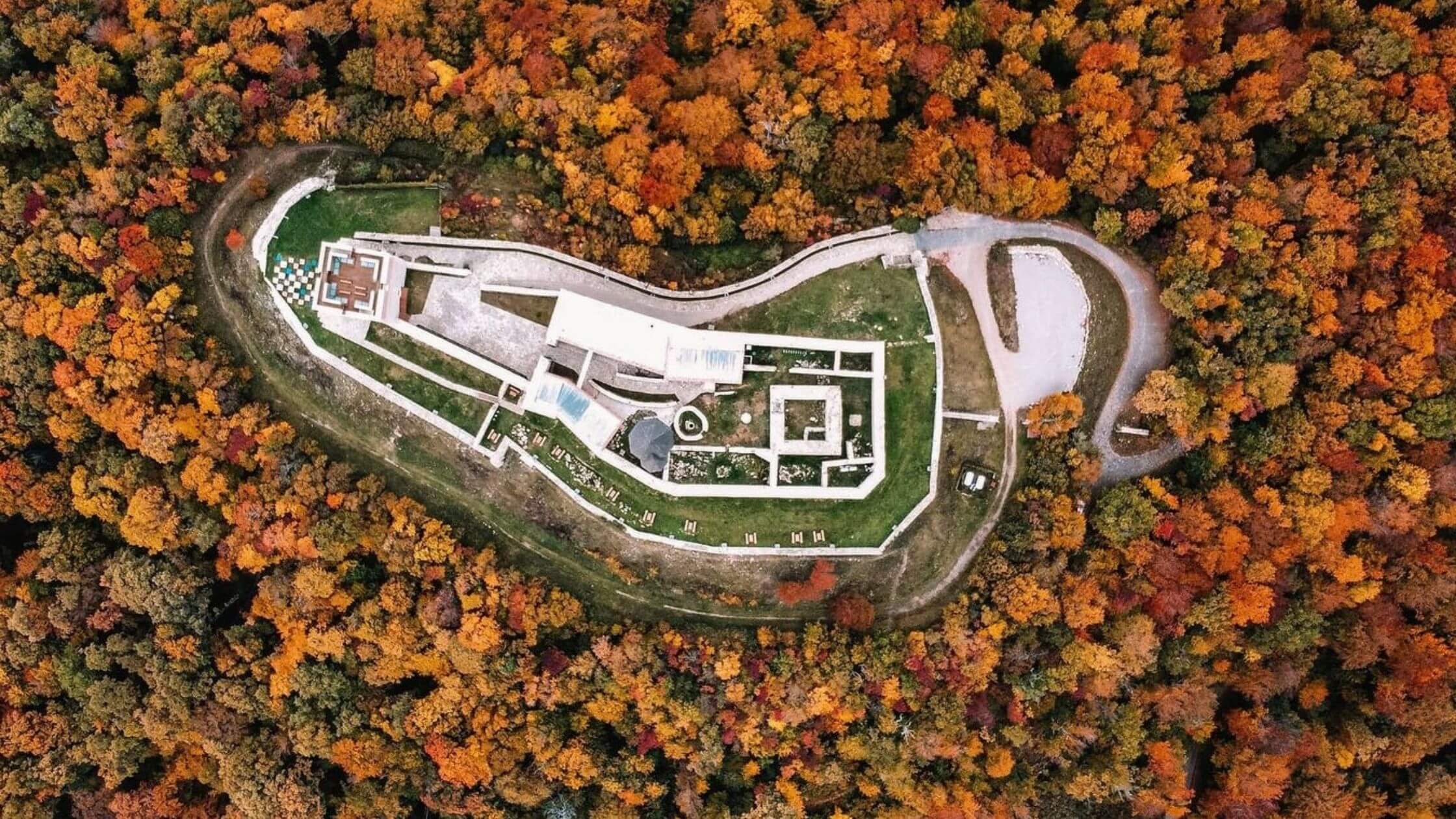
Fall is one of the best times of the year to visit. Image: (Zagreb leaves in Fall/Pexels)
On top of this, accommodation, attractions and activities are significantly cheaper. For instance, entry to Plitvice National Park is almost 50% less during shoulder seasons (300 kuna to 180 kuna). Imagine staying in a beachfront hotel with breakfast for only €55/night in November!
2. Start planning your vacation now! Early bookings ensure that you can lock in not only the best prices but also accommodations in prime locations.

Sign up for newsletters, free memberships to access the best online deals. (Image: Pexels)
Don’t forget to use a Virtual Private Network (VPN) since prices can vary depending on where you are booking from. Using a VPN can make it look like you’re booking from another location, reducing prices further. Worth it to try and get the best online deals.
3. Be willing to mix and match flights If you’re traveling within the EU, rather than booking return tickets on the same airline, try looking for 2 one-way flights instead. I’ve scored a weekend flight for €9 one way from Lyon, France on one airline, and a return for another airline for €19.
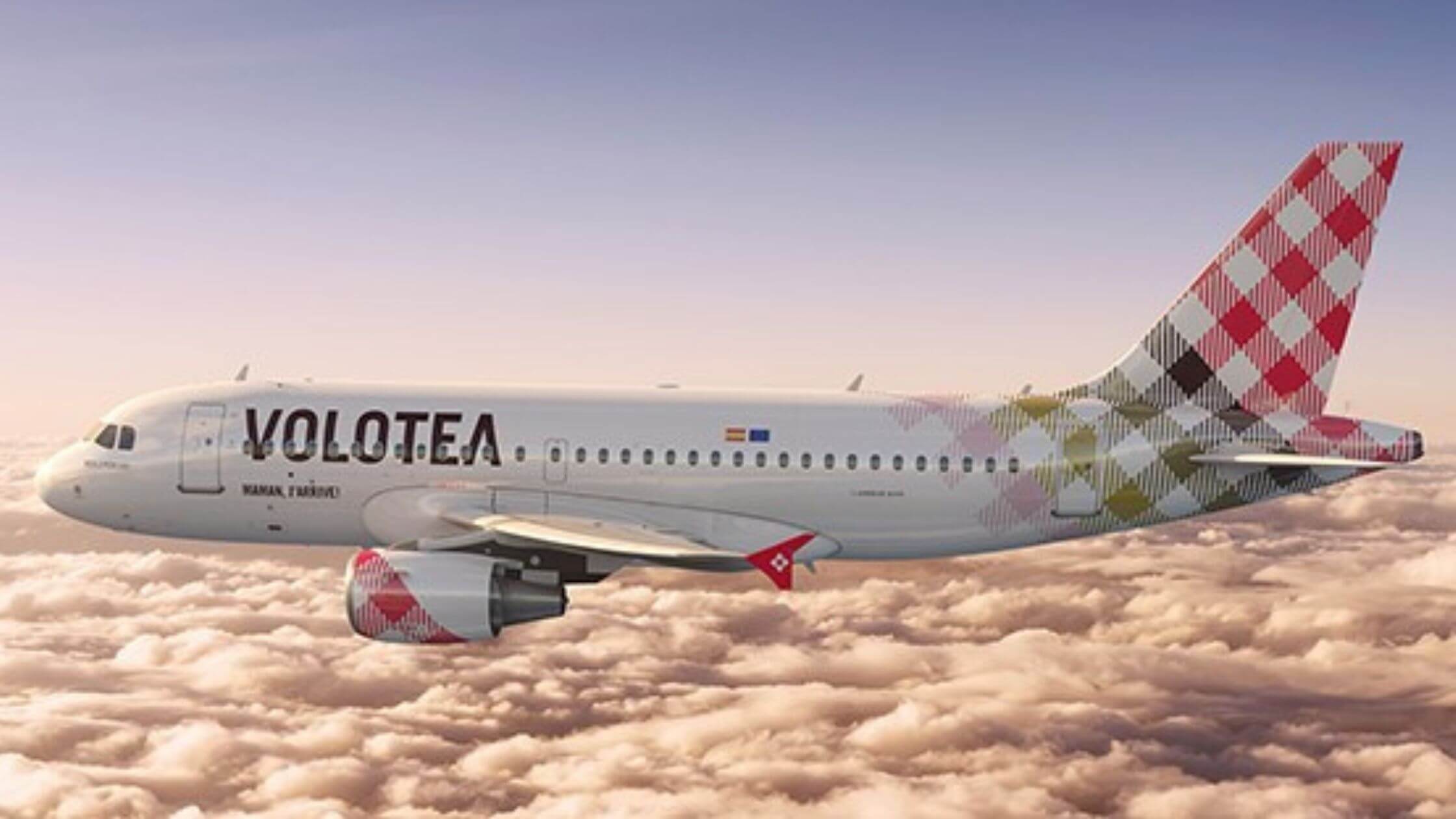
Tuesdays are often the cheapest days to fly. (Image: Volotea/Facebook)
If you’re visiting from outside the EU, scoring a cheap flight to Europe and then booking a secondary flight within the continent on a budget carrier is often the best way to go. Some of the airlines that frequently fly to Croatia within the EU include Volotea, Easyjet, Ryanair, TUI, Vueling, Wizzair, Eurowings, and Jet2.
4. When it comes to booking accommodation, see this article for how to get the absolute best deals. Alternatively, to lower costs further, maybe try your hand at camping at one of the many scenic spots around the country.

Enjoy the beautiful outdoors. (Image: Pexels)
5. Instead of renting a car, use private bus transfers or if you’re feeling more adventurous and less pressed for time, trains, to get around the country.
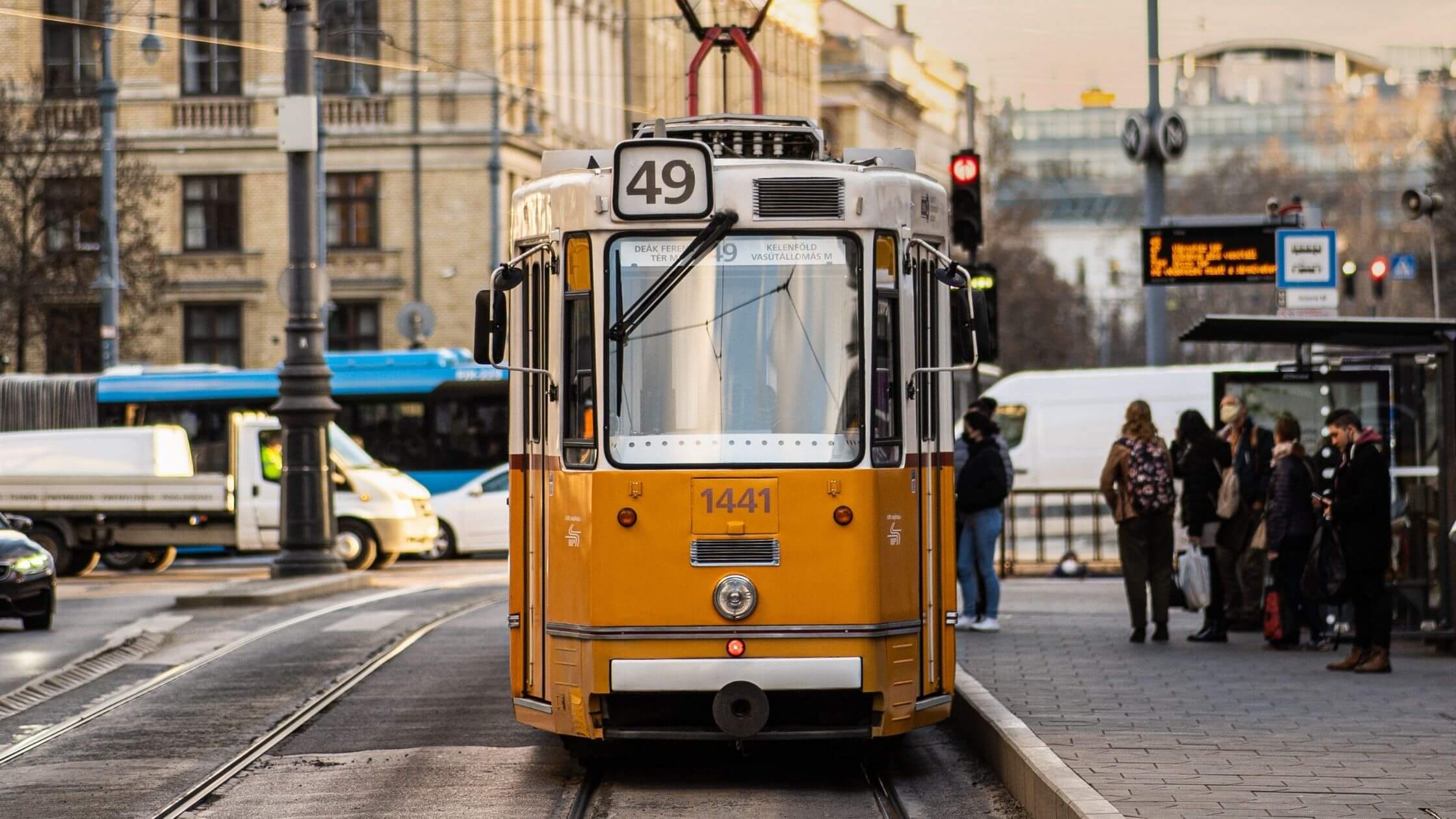
Zagreb's tram system is a fun way to get around. (Image: Pexels)
Companies such as Flixbus and Arriva run frequently over Summer, connecting you to major cities and attractions. Public transport within cities is also highly reliable and most Croatian cities are very walkable.
6. Keep an eye out for City Cards such as Splitcard or Zagreb card. These initiatives are run by most big cities in Croatia and are available for purchase at Tourist Information Centers or at the airport. They offer fantastic deals such as free entry to certain attractions, or huge discounts on tours, activities, shops, and even restaurants! Depending on the validity of your cards (24/48/72 hours), costs range between €10-20, which often includes free use of public transport within the city.
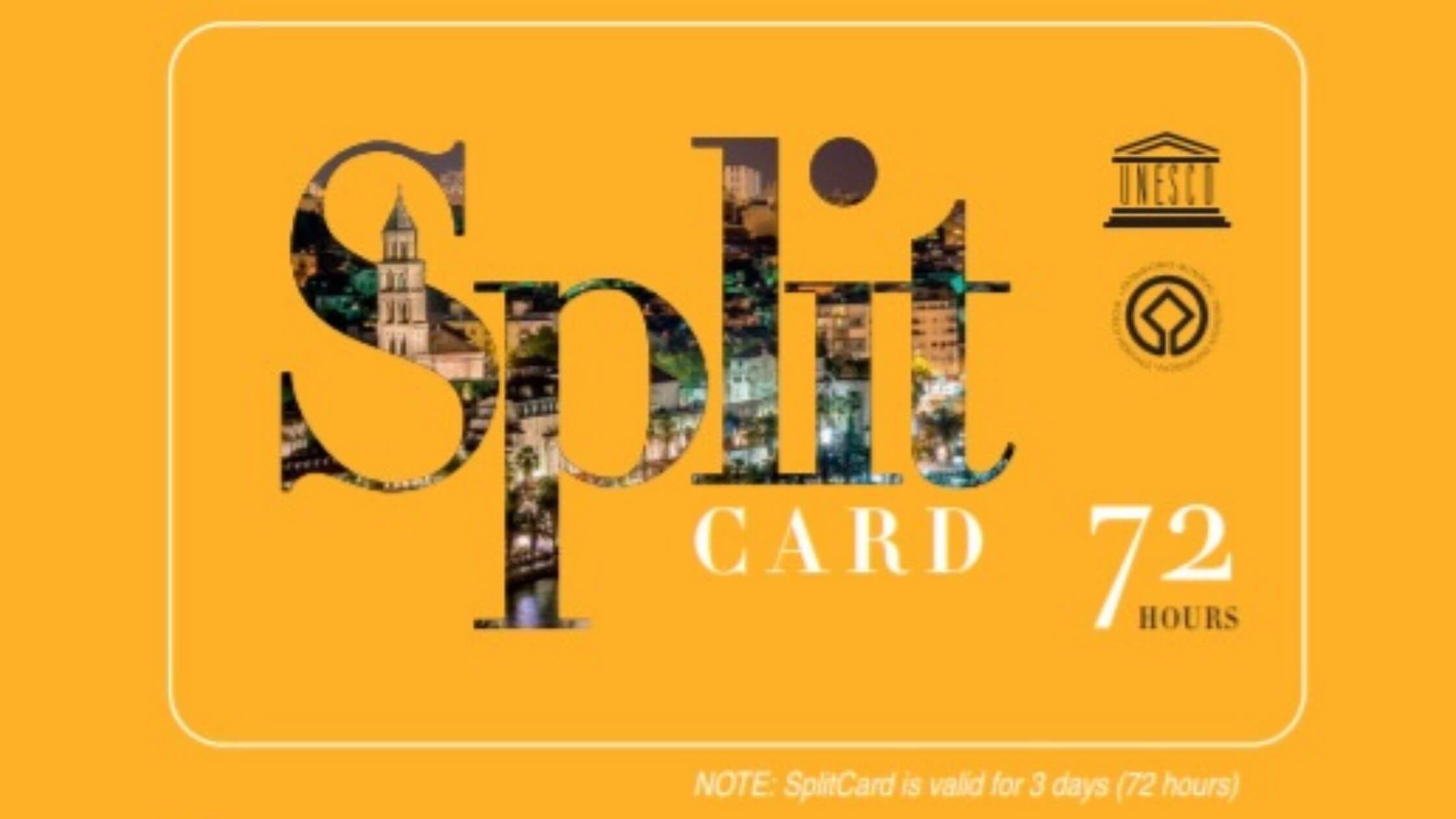
Image: Visitsplit/Facebook
7. Take a ‘free’ walking tour to get a feel of local life and get to know the intricacies of the city. Often these tours are led by highly experienced locals who are able to share the rich history and culture of your chosen city.
As a bonus, they also have a wealth of insider information and will be able to advise you on the best local spots for you to keep exploring on your own. Here’s a tip for summer, always ask them where their favorite ice cream place is!
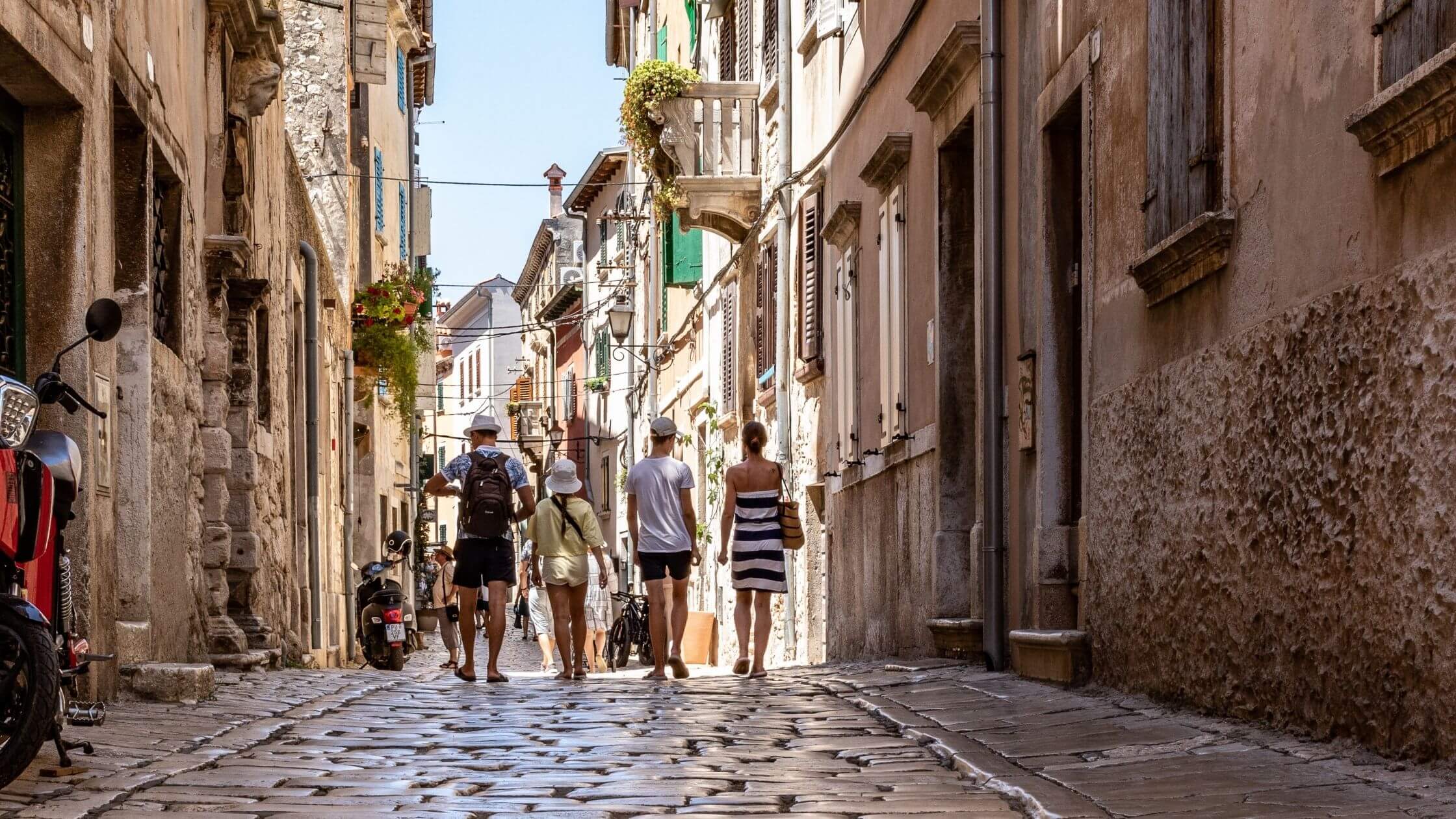
Walking tours are also a quick way to get your bearings when in a new city. (Image: Pexels)
8. Eat like a local. Although Croatia does not offer “street food” per se, the local markets are a reasonable and equally delicious alternative. In addition to fresh produce, there are often bakeries (pekara) and small food stalls offering cold cuts, cheese, and fixings (e.g. marinated olives, peppers, pickles) to make any gastronomer a delish picnic.
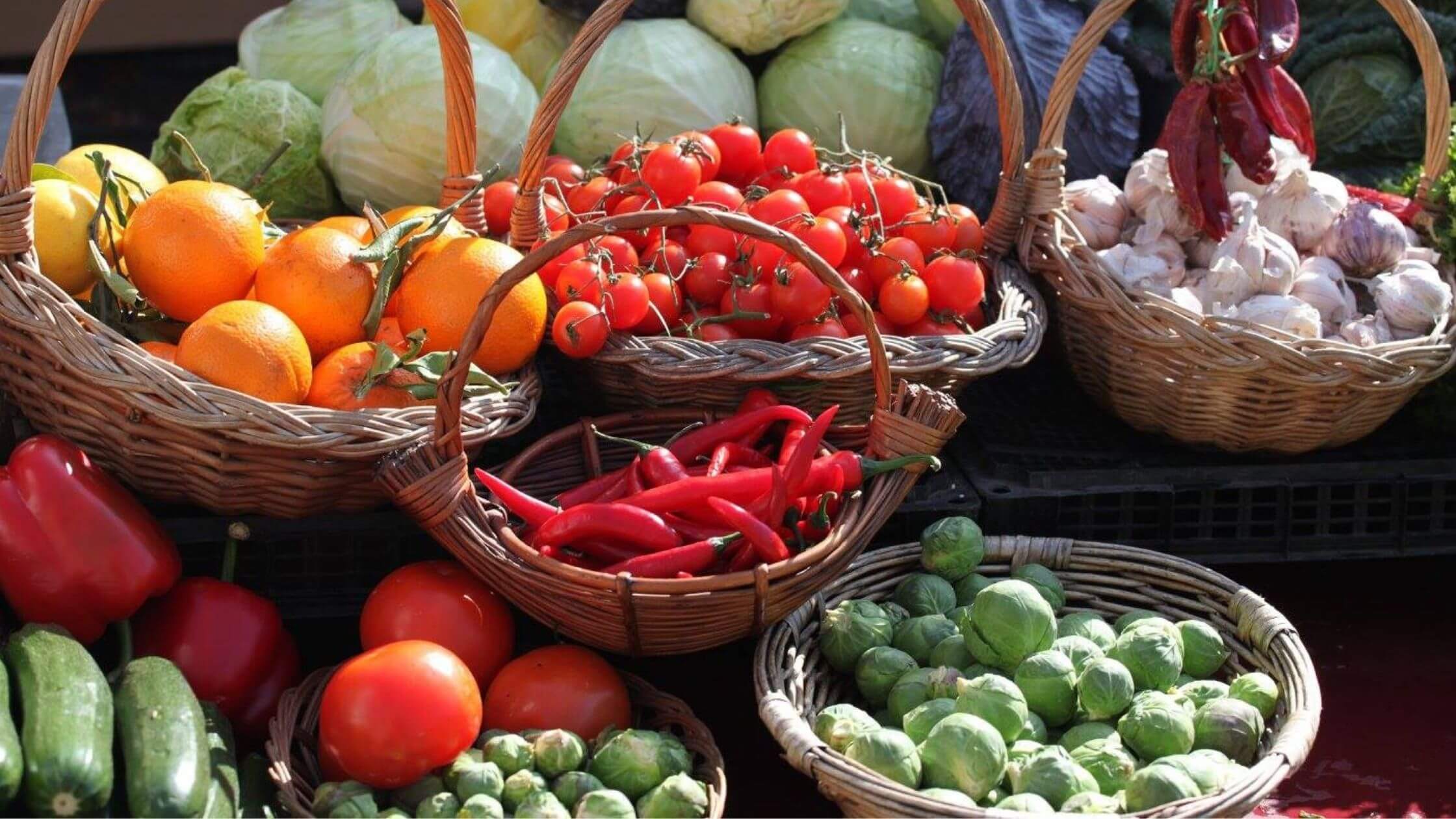
Products at the Green Market of Split. (Image: Visitsplit/Facebook)
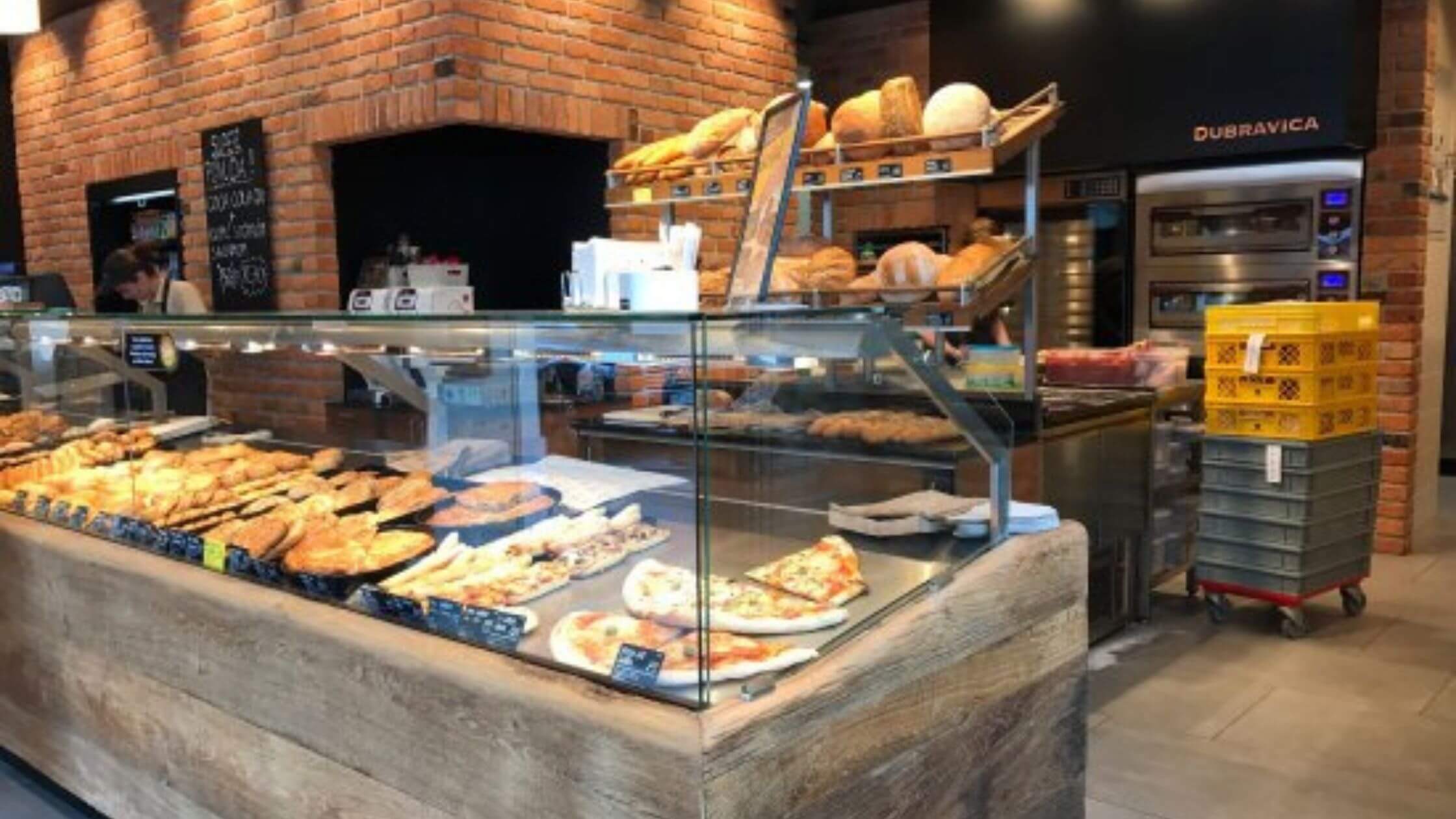
Grab fresh pastries and bread at any Pekara and pair it with a beverage for a quick and tasty meal. (Image: Pekara Dubravica/Facebook)
9. If you do head out for a meal, favor lunch over dinner. During lunch, restaurants are likely to offer specials or throw in a free drink or appetizer on occasion.
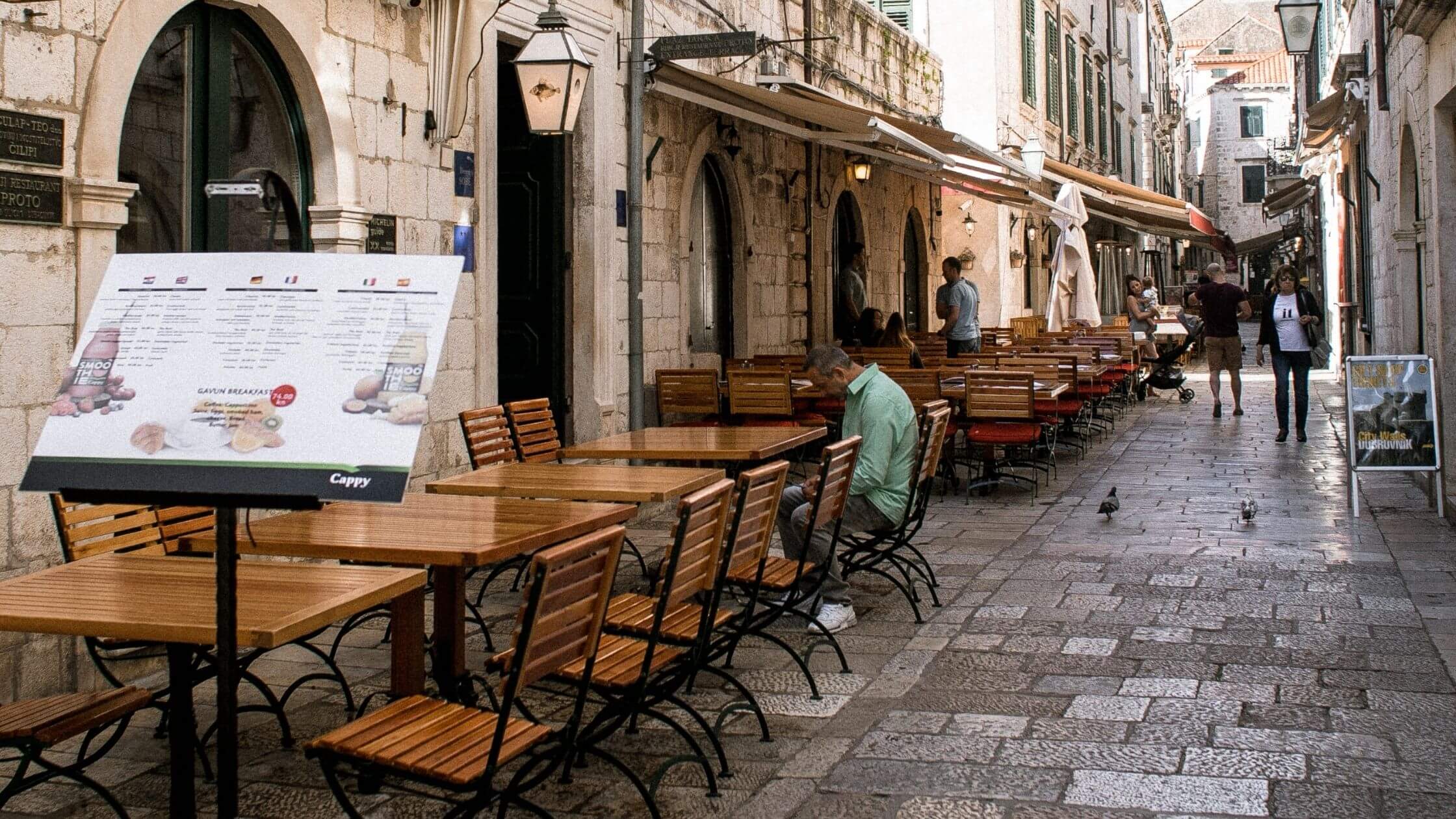
Try to pair this meal with the local wine (stolno vino), beer (pivo), or spirits (rakija). Not only are they dangerously good, but imported brands are also 15-20% more expensive on average which can add up over time if you’re keeping an eye on your budget. Also, the tap water in Croatia is potable, which may further reduce your food spending.
10. If you don’t already have one, get a multi-currency bank account with an online bank such as Revolut or Wise. This way you’ll save on enormous ATM fees (10% in some cases) as most either offer free or lower fees up to a certain amount withdrawn. Croatia is a cash dominant country with few places, especially when off the main streets, equipped to handle credit card purchases.
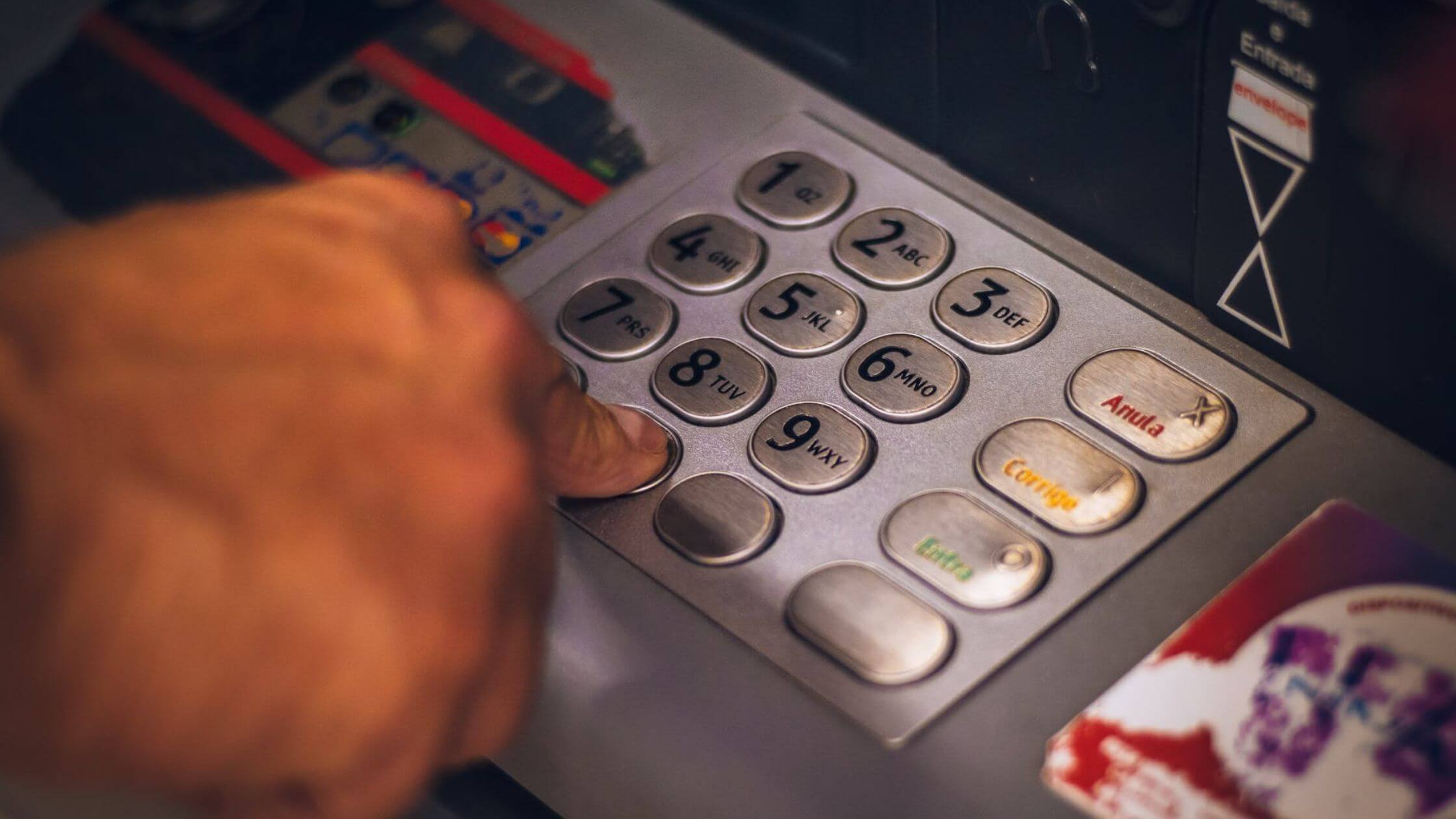
Croatia is a cash dominant country. The local currency is currently the kuna but will be adopting the euro in January 2023. (Image: Pexels)
When at a local ATM, always select the option to be billed in the destination’s local currency. This means in Croatia, you’ll be asked, “Would you like to be billed in HRK or in your card’s home currency?”, always choose HRK.
Before I round this off, here’s a bonus tip! Rather than paying enormous roaming costs or going through the hassle of contacting your service provider to ask about special rates, just purchase a local SIM card when you get to Croatia.

Image: Pexels
For 85 hrk (€11), Hrvatski Telekom offers a 1-week unlimited mobile data plan so you don’t have to worry about accessing the internet during your vacation.
I hope you manage to put some of these tips into practice on your next Croatian vacation. For more advice and Croatian insights, check out our travel and lifestyle section.
World Savings Day: Growth of Savings in Croatia Continues in 2021
ZAGREB, 31 Oct, 2021 - Increased uncertainty about future economic trends is leading to an increase in savings, according to an analysis by the Croatian Chamber of Commerce (HGK) on the occasion of World Savings Day, marked on 31 October.
Data from the Croatian National Bank (HNB) show household deposits at the end of September 2021 were HRK 240.3 billion, up HRK 20 billion or 9.1% from September 2020 and up HRK 1.6 billion or 0.7% from August 2021.
Citing HNB data from August, they underscored that a year-on-year growth of deposits was recorded in all counties.
In terms of the distribution of household deposits by banks, the concentration of deposits is the highest in the City of Zagreb, whose citizens had HRK 67.2 billion in savings at the end of August, a share of 29% percent.
Broken down by counties, per capita deposits exceed HRK 50,000 in the Adriatic Croatia counties, with the exception of Lika-Senj County, while the City of Zagreb and Zagreb County are the only continental counties to register such per capita deposits.
Istria County tops the list with per capita deposits of HRK 85,249, followed by the City of Zagreb (HRK 83,049), while Vukovar-Srijem County (HRK 26,068) ranks last. At the level of Croatia, per capita deposits amount to HRK 57,555, up from last year's HRK 53,103, the HGK analysis showed.
The share of time deposits is 33.6%, down 4.7 percentage points compared to the end of last year, while the share of savings deposits has reached 35%, up 2.2 percentage points, and the share of deposit money has reached 31.4%, up 2.5 percentage points.
Huge oscillations in savings
Josip Zaher of the HGK said in a statement carried by the press release that the increase in savings of Croatian citizens was not surprising given that in every crisis, this time caused by the COVID-19 pandemic, people always saved more.
As long as uncertainty regarding future economic trends is heightened, the same will apply to savings, said Vedran Šošić of the HNB, underscoring that oscillations in saving were huge.
Thus, amid the outbreak of the pandemic and the consequent lack of goods, and especially services, as well as caution and fear due to a potential loss of income, savings doubled overnight.
The reopening of the economy and the recovery of confidence enabled a gradual return to pre-pandemic patterns of spending and savings, although savings are generally still slightly higher than usual, said Šošić.
He also said that the majority of money surpluses accumulated after the outbreak, citizens deposited in banks. Also, savings were directed to the repayment of consumer debt, and investment in residential real estate is always popular, so housing loans grew increasingly fast, with increasingly obvious signs of overvaluation.
Member of the Management Board of the pensions funds management company Raiffeisen, Eva Horvat, stressed that nearly 400,000 Croatian citizens were saving in one of the voluntary pension funds, which contained assets of HRK 7.3 billion.
Savings growth constant in Croatia
On the occasion of World Savings Day, Zagrebačka Banka (Zaba) also released an analysis, in which Hrvoje Dolenec said that savings growth was constant in Croatia, and the reasons for that were the growth of GDP, living standards and disposable income.
"In the past two and a half years, the movement of financial assets of the Croatian population indicates an acceleration of that growth. This was especially evident during the pandemic, when the acceleration of savings was partly forced, due to limited movement and travel and less available services, such as restaurants, cafes, recreational activities, and partly voluntary, out of precaution and concern for the future," said Dolenec, noting that deposits and cash together accounted for nearly half of the total financial assets of households.
Igor Pavlović of Zaba underscored that low interest rates were certainly among the most important reasons for the reduction in the habit of opting for time deposits.
(€1 = HRK 7.509157)
For more on business, follow TCN's dedicated page.
For more about Croatia, CLICK HERE.


